Bored with the same old portraits that use conventional lighting set ups? Shake it up by adding intense shadows and creative contrast to your image.
A run-of-the-mill portrait usually won’t make anyone stop scrolling on instagram to double tap on your photo. But portrait photography doesn’t have to be dull, especially if you’re trying to add creativity to your portfolio. Recently when I was starting up my new, almost blank instagram portfolio, I realized I wanted to do something out of the ordinary. So I set out to take a series of photos that was visually interesting – and cheap to shoot.
What Is Shadow Photography?
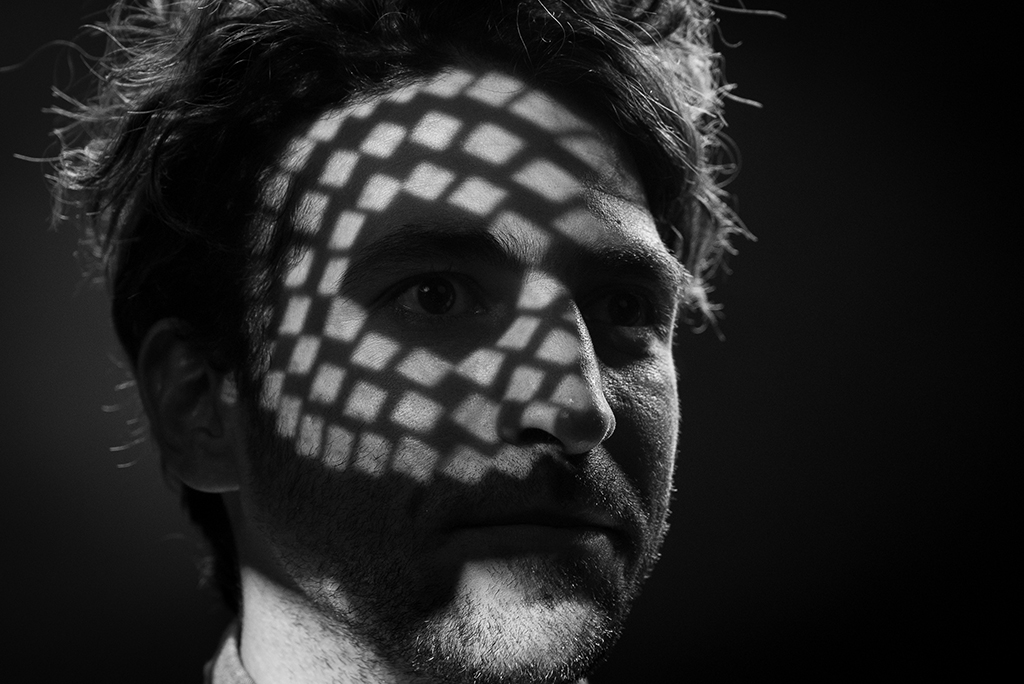
While most photography is about capturing light, the niche practice of shadow photography uses the absence of light to create sharp contrast and make interesting focal points in photos.
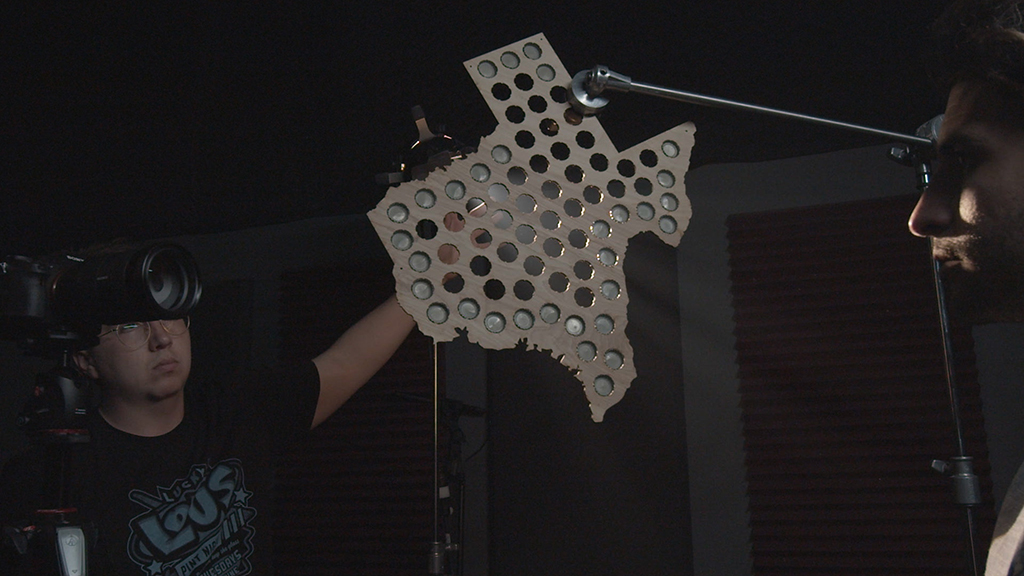
Creating shadow photos is a relatively simple process, and you can easily DIY it with a low-tech set up. All you need is a hard key light, a backlight like a quasar or a similar softer light, a backdrop, and a big ol’ box of objects that can create weird shadows. You can find these kinds of objects anywhere, from your kitchen to your attic. Just look for interesting patterns in the shadow when you hold the object up to a light source. Some of the things I used were colanders, wicker baskets, and film strips.
Lighting Apertures
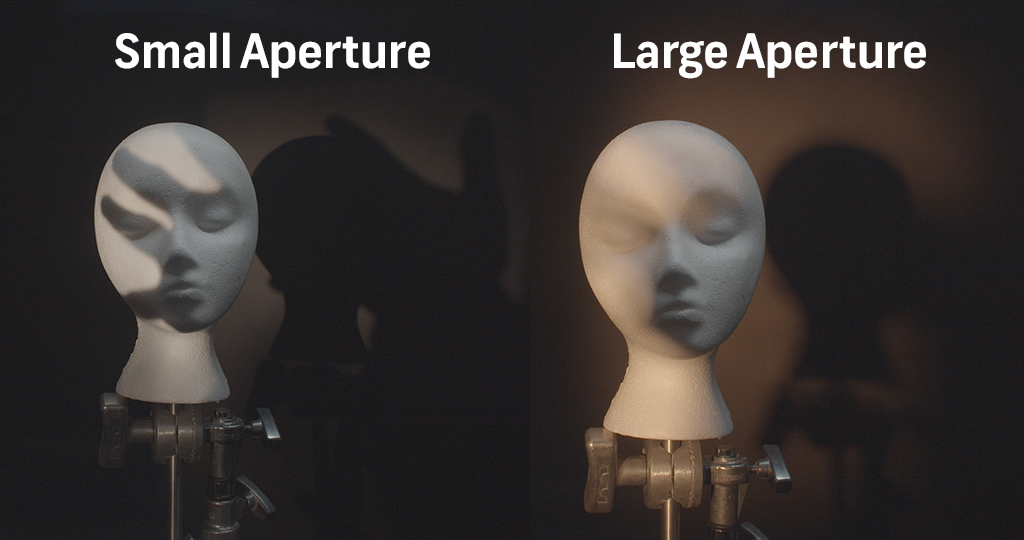
You might run into the problem of the light creating soft shapes instead of the hard light you want. It seems to bend around the holes in the object, creating diffuse light on your subject. This problem can be attributed to the aperture of your light source. Think of camera aperture: when you want a sharp image with no soft edges, you close your aperture to one of the smallest settings. The same goes for light aperture. In this instance, you want to limit the amount of light being emitted to create a harder, more defined light. This results in a starker shadow when the light shines through your object of choice.
The Effect of Diffraction on Shadow
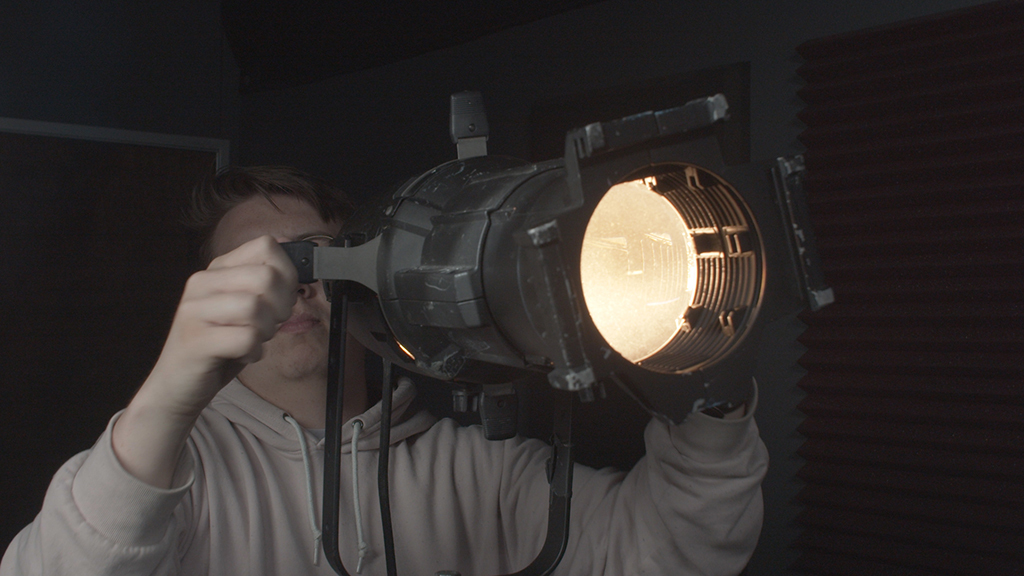
Most lights won’t actually come with an aperture for adjusting light distribution. The only ones that are widely available are Leko lights, used mainly as spotlights in event production and theater. Even so, when I first started using the Leko I was still getting soft shadows from our objects.
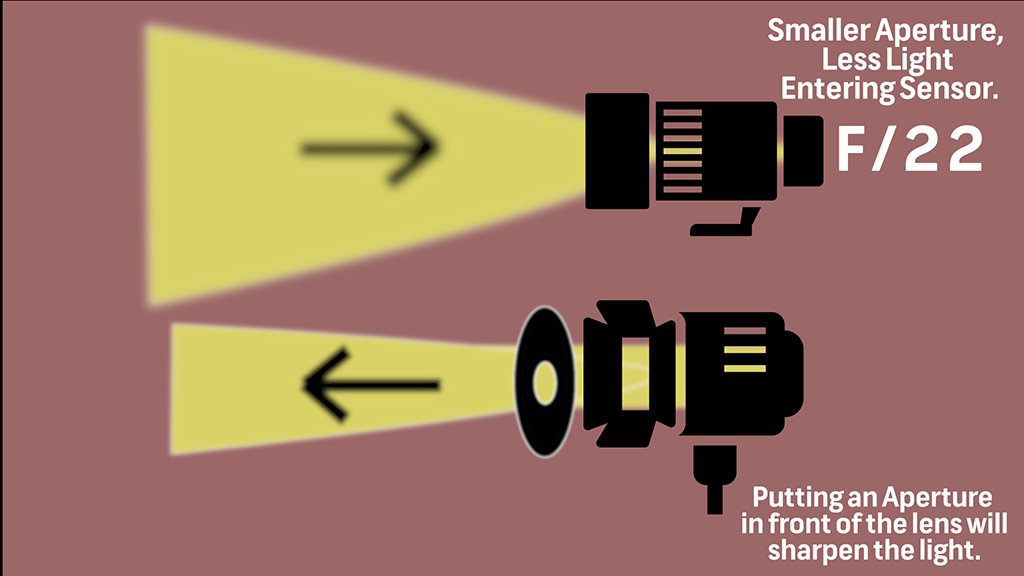
After a bit of troubleshooting, I found that I needed to reverse the aperture effect by switching the pinhole location to the front side of the lens, not the internal side.
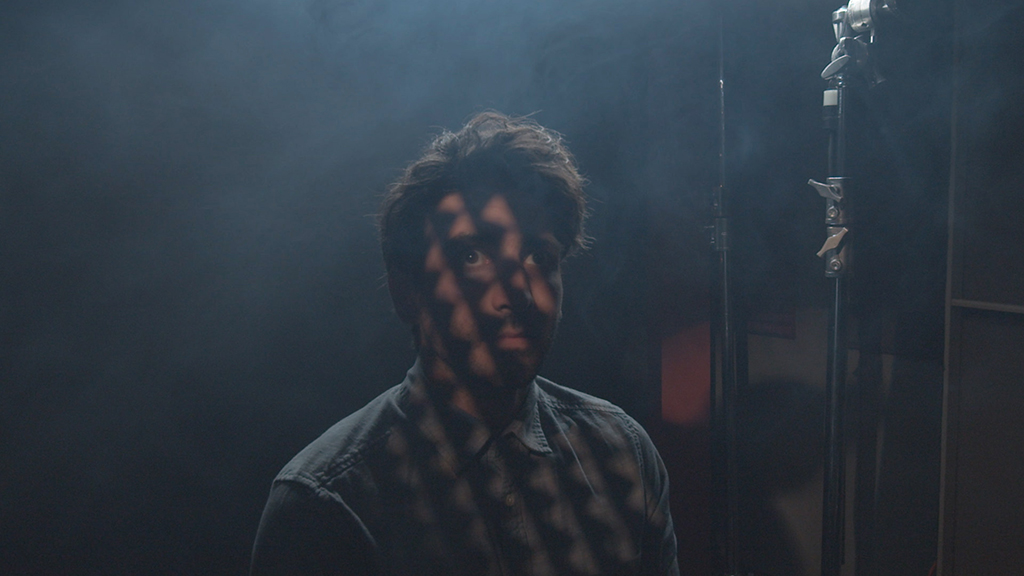
We even found that if you change the shape of your light’s aperture, you get the same shape in your shadows, even if it passes through a secondary hole. You can do this with your own light by creating your own cardboard aperture sheets to place in front of your light. Just be sure to place them a safe distance away from your light source to prevent a fire hazard.
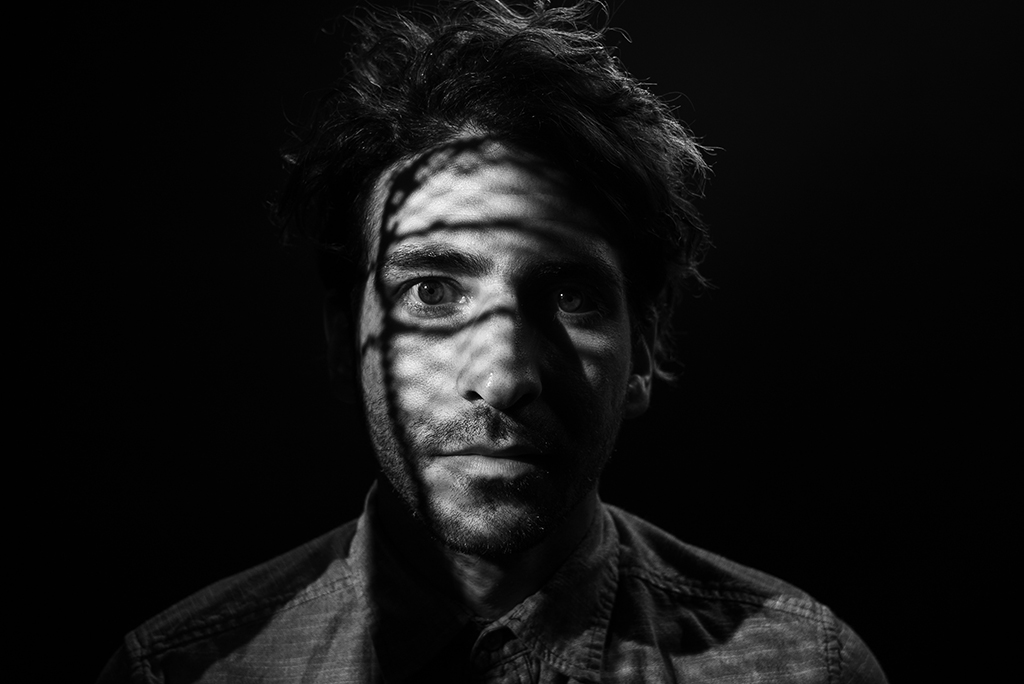
Once you’ve completed your studio set-up, get creative with your shots. Change up the angle of the light, the angle of your subject, or the type of object you are using to get that shadow. Experimentation is the best way to get your most creative shot. If the shadow object is in your photo, don’t fret. If you are shooting on a black background, you can easily use Photoshop to edit it out.
Interested in the tracks we used to make this video?
- “Paranormal Synths” by Emmett Cooke
- “Sweet Trap of Mine” by Rimsky Music
- “The Unknown Factor” by Tonemassif
- “Chillhop Jazz” by Mattijs Muller
Looking for more video tutorials? Check these out.
- How To Mod Your Own Lenses on The Cheap (Anamorfake)
- The Basics of Rotoscope Animation in After Effects
- 10 Types of Shots and Angles Every Filmmaker Should Know
- The World’s First Cinematography Video Game — Cine Tracer
- How to Build Your Own Video Editing Computer




